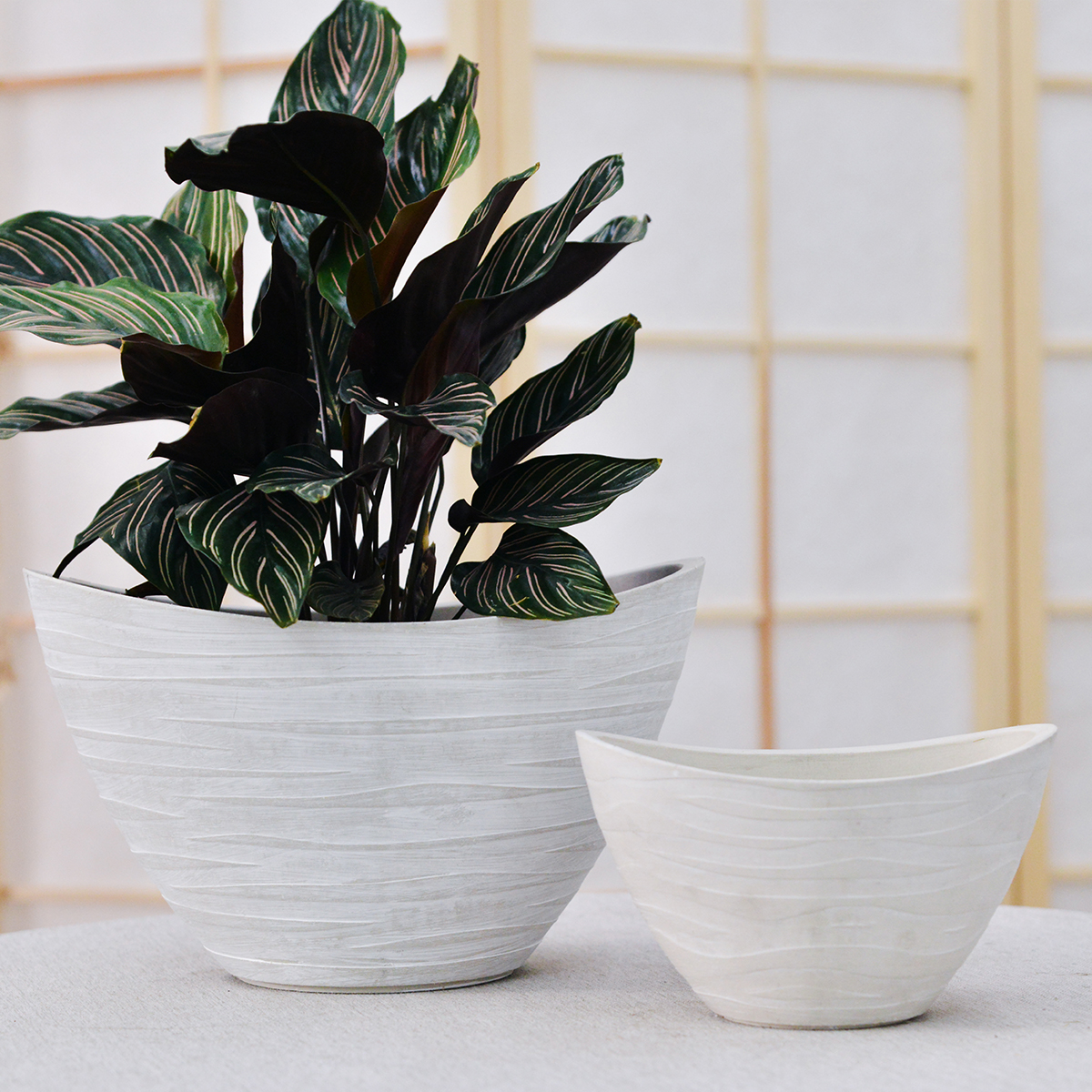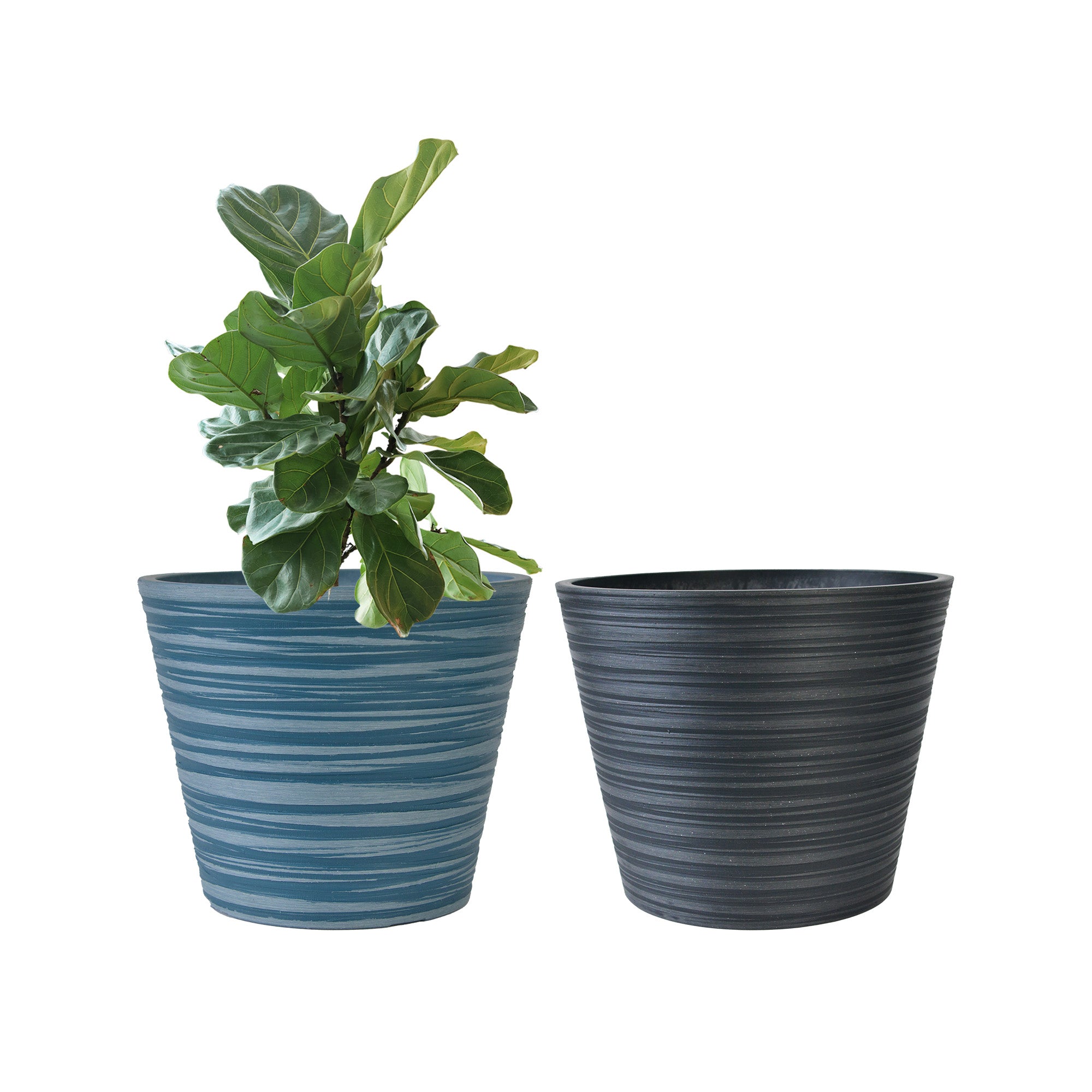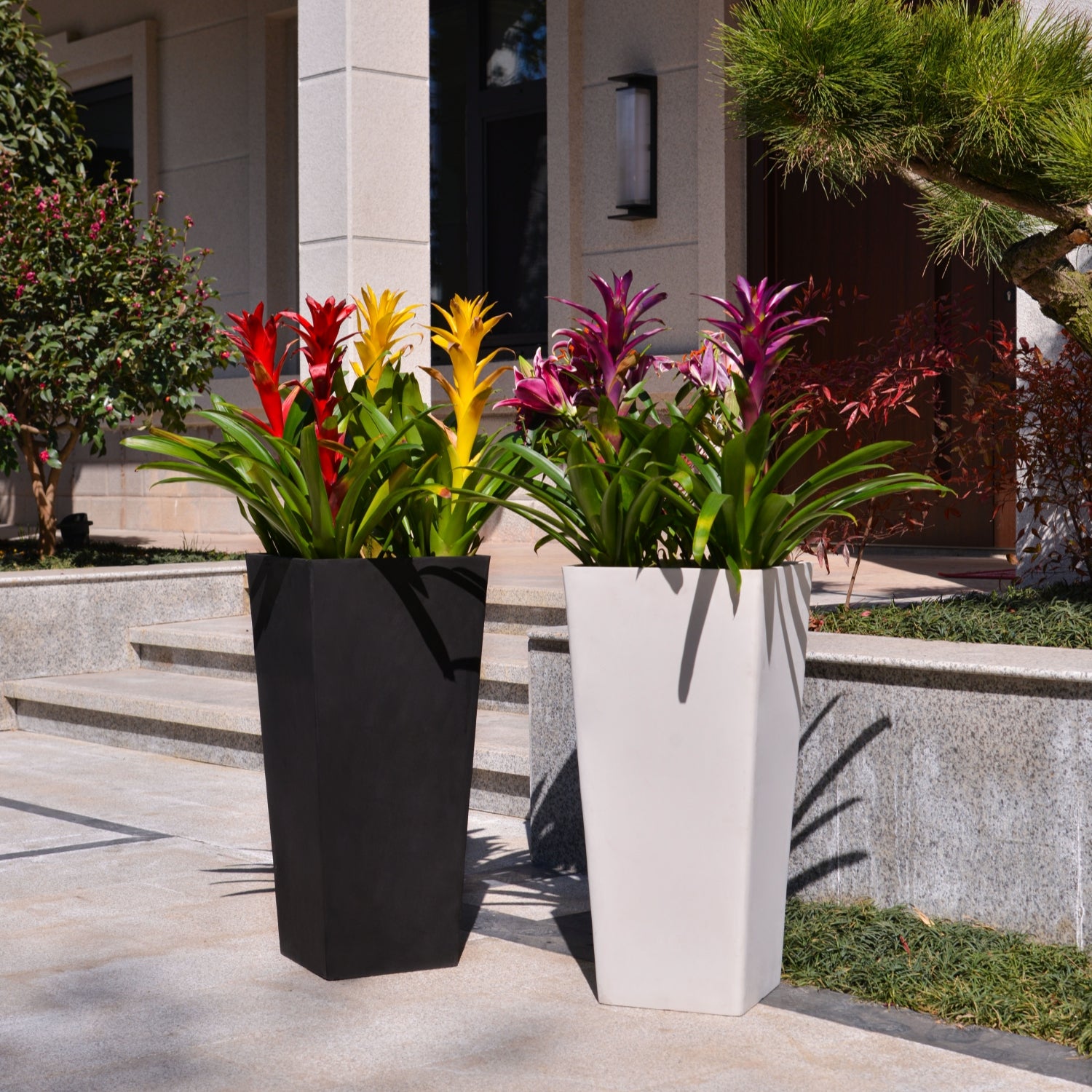Cactus Indoors: The Ultimate Guide to Growing Cacti at Home
Looking to cultivate unique, low-maintenance, and strikingly architectural plants right in your home? Cacti, belonging to the plant family Cactaceae, are fascinating succulents prized for their diverse shapes, textures, and often spectacular blooms. These resilient and water-wise plants, native to the Americas, are perfect for adding a touch of desert chic and low-maintenance greenery to your indoor spaces. This comprehensive guide will provide you with everything you need to know to grow cacti indoors, from selecting the right types and pots to mastering essential care techniques for thriving cacti in your home.
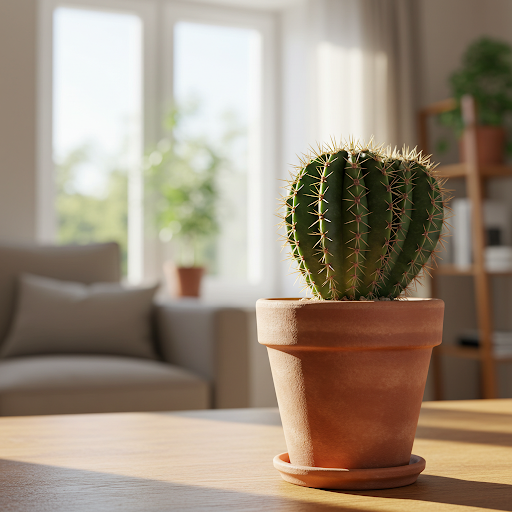
Cactaceae
What are Cacti (Cactaceae)?
Cacti are a diverse family of succulent plants, almost all of which are native to the Americas, primarily arid and semi-arid regions. They are characterized by their succulent stems, which store water, areoles (specialized structures from which spines, flowers, and new growth emerge), and spines (modified leaves that reduce water loss and provide protection). Cacti come in an incredible variety of shapes and sizes, from small globular forms to tall columnar giants. They are renowned for their drought tolerance, unique adaptations to arid environments, and often beautiful and showy flowers.
Can Cacti (Cactaceae) Thrive Indoors?
Yes, many cacti thrive exceptionally well indoors and are popular choices for houseplants. Their low-maintenance nature, drought tolerance, and architectural forms make them ideal for indoor cultivation. While some cacti are better suited to indoor growing than others, with the right conditions, you can successfully cultivate a diverse collection of cacti in your home.
Ideal Indoor Growing Conditions for Cacti (Cactaceae):
- Cactus Types for Indoors: While the Cactaceae family is vast, some genera and species are particularly well-suited for indoor cultivation. Good choices for indoor cacti include:
- Mammillaria: Globular cacti, often clustering, known for their rings of flowers around the crown.
- Rebutia and Sulcorebutia: Small, globular, and free-flowering cacti, often with colorful blooms.
- Parodia (formerly Notocactus): Globular to short columnar cacti, often with woolly crowns and showy flowers.
- Gymnocalycium: Globular cacti, often with striking, large flowers and interesting rib structures.
- Astrophytum: Star-shaped cacti with striking markings and patterns, often spineless or with very soft spines.
- Echinopsis (including Trichocereus): Globular to columnar cacti, known for their large, fragrant night-blooming flowers (some are easier to bloom indoors than others).
- Schlumbergera and Rhipsalis (Holiday Cacti): Epiphytic cacti, including Christmas Cactus and Thanksgiving Cactus, known for their colorful winter blooms and more shade tolerance than desert cacti.
- Cereus and Pachycereus (smaller columnar types): Columnar cacti that can be kept manageable indoors when young.
- Opuntia (spineless or near-spineless varieties): Prickly pear cacti, choose spineless or glochid-free varieties for easier indoor handling.
- Light: Cacti are sun-loving plants and need bright light to thrive indoors. They need at least 6 hours of direct sunlight per day, ideally more. South-facing windows are generally the best location. West-facing windows can also work. East-facing windows may provide sufficient light for some cacti, but south or west exposures are generally preferred for most species. Insufficient light will lead to weak, etiolated (stretched), and pale growth, and will prevent flowering. If you don’t have sufficient natural light, consider using grow lights to supplement.
- Soil: Cacti need extremely well-draining soil, which is absolutely crucial to prevent root rot. Use a cactus or succulent potting mix, which is specifically formulated for cacti and succulents and provides excellent drainage and aeration. You can also make your own mix by combining regular potting mix with a high proportion of inorganic materials like perlite, pumice, gravel, or coarse sand (e.g., 1 part potting mix to 2-3 parts inorganic material).
- Watering: Cacti are succulents and are highly drought-tolerant. Overwatering is the biggest threat and can quickly lead to fatal root rot. Water very sparingly and deeply, only when the soil is completely dry. Allow the soil to dry out thoroughly between waterings. In fact, it’s much better to underwater a cactus than to overwater it. During the dormant period in fall and winter, water even less frequently, or even cease watering altogether for some species, depending on the specific cactus and your conditions. Watering frequency will vary greatly depending on the cactus type, pot size, light levels, temperature, and humidity. Always check the soil moisture before watering.
- Temperature: Most cacti prefer warm temperatures during the growing season (spring and summer), ideally between 70°F to 90°F (21°C to 32°C). However, they also benefit from a cooler, drier dormant period in fall and winter, with temperatures around 50°F to 60°F (10°C to 15°C), or even slightly cooler for some species. This cooler period is important for many cacti to promote flowering in the spring. Protect cacti from freezing temperatures.
- Humidity: Cacti prefer dry air and do not need high humidity. Average household humidity is perfectly suitable. Avoid placing them in overly humid environments. Good air circulation is beneficial.
Planting Your Cactus Indoors:
- Starting from Potted Plants, Cuttings, or Seeds: The most common way to start growing cacti indoors is to purchase established potted plants from nurseries, garden centers, or online retailers specializing in cacti and succulents. Some cacti can also be propagated from stem cuttings (especially Opuntia and some columnar types), or from seeds, although seed propagation is slower and more challenging.
- Propagation from Cuttings: Allow stem cuttings to callus over (dry out at the cut end) for several days to a week before planting in well-draining cactus mix.
- Planting Time: Cacti can be planted or repotted at any time of year indoors, but the active growing season in spring or early summer is generally recommended for optimal establishment.
Choosing the Right Pots for Indoor Cacti:
- Suitable Pot Types: Select pots with excellent drainage and good aeration. Terracotta pots are highly recommended for cacti, as their porous nature allows for better aeration and drainage and helps prevent overwatering. Unglazed ceramic pots are also a good option. Avoid plastic pots, as they retain more moisture and can significantly increase the risk of overwatering, unless you are very experienced with cactus care and watering.
- Drainage: Drainage is absolutely critical for cacti. Ensure your chosen pot has large drainage holes at the bottom. You can also add a thick layer of gravel or pot shards at the base of the pot to further improve drainage.
- Pot Size: Choose a pot that is only slightly larger than the root ball. Cacti generally prefer to be slightly root-bound and do not need large pots. Overpotting (using too large a pot) is a major cause of root rot in cacti, as it leads to the soil staying too moist for too long. When repotting, typically move up only slightly in pot size. Shallow pots are often suitable for globular cacti, while taller pots can be used for columnar types, but drainage and pot size relative to the root ball are more important than pot shape.
- Potting Mix: Use a cactus or succulent potting mix as described earlier.
Essential Care Tips for Thriving Indoor Cacti:
- Watering Schedule: “Drench and Dry”. Allow the soil to dry out completely bone dry between waterings. Water deeply when you do water, until water drains freely out of the drainage holes. Then, do not water again until the soil is completely dry throughout the pot. This may be every 2-4 weeks or even longer in the growing season, and much less frequently in winter. Err on the side of underwatering.
- Fertilizing: Light Feeding During Growing Season. Cacti are not heavy feeders. Fertilize sparingly, only 2-3 times during the active growing season (spring and summer), with a balanced liquid fertilizer diluted to half or quarter strength, or a fertilizer specifically formulated for cacti and succulents. Over-fertilizing can lead to weak growth and unnatural, elongated shapes. Avoid fertilizing during the fall and winter dormant period.
- Light is Paramount for Growth and Blooms: Provide bright, direct sunlight for best growth, spine development, and flowering. Rotate pots occasionally to ensure even light exposure on all sides.
- Cool, Dry Winter Dormancy: Provide a cool, dry dormant period in fall and winter to encourage flowering and maintain healthy growth. Reduce watering significantly or stop watering altogether for many species during this period. Keep them in a cooler location if possible (50-60°F or 10-15°C).
- Ventilation: Good air circulation is beneficial, especially in humid climates or when grown indoors.
- Handling with Care: Cacti have spines and glochids (tiny, irritating barbed bristles in some Opuntia types). Handle cacti with care, using thick gloves, tongs, or folded newspaper to avoid injury.
- Pest and Disease Control: Cacti are generally relatively pest-resistant. However, they can occasionally be affected by mealybugs, scale insects, or spider mites. Overwatering is the primary cause of problems, leading to root rot. Ensure proper drainage and avoid overwatering to prevent root rot. Treat any pest infestations promptly with insecticidal soap or rubbing alcohol.
Popular Cactus Genera for Indoor Growing:
- Mammillaria
- Rebutia
- Parodia
- Gymnocalycium
- Astrophytum
- Echinopsis
- Schlumbergera
- Rhipsalis
- Cereus
- Pachycereus
- Opuntia (spineless varieties)
In Summary:
Growing cacti indoors is a rewarding and fascinating way to bring the beauty of the desert into your home. Their unique forms, low-maintenance needs, and resilience make them excellent houseplants for those seeking something different and architectural. By providing bright sunlight, extremely well-draining cactus mix in terracotta pots, watering sparingly only when the soil is bone dry, and providing a cool, dry winter rest, you can easily cultivate thriving and captivating cacti indoors and enjoy their striking presence for many years to come.
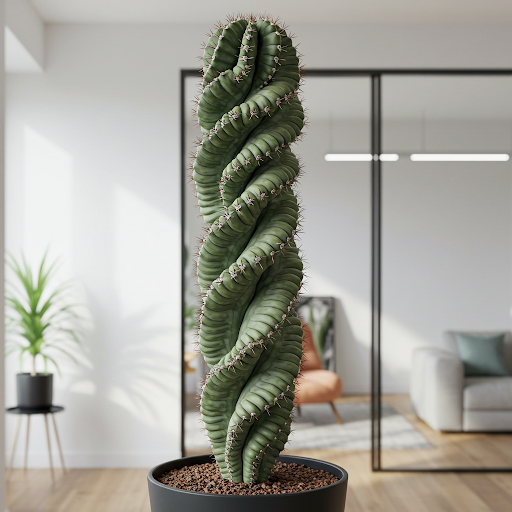
Cactaceae
For more detailed botanical information and to explore the incredible diversity of the cactus family, you can visit the Wikipedia page on Cactaceae.
Important Note: Cacti spines can be sharp and cause injury. Handle cacti with care and keep them out of reach of small children and pets. Some cacti also have glochids, which are tiny barbed bristles that can be very irritating to the skin. Always wear gloves when handling cacti and research the specific species you are growing to be aware of any potential hazards.
11V
By greenship|2024-08-13T03:05:48+00:00August 13, 2024|Categories: Hand-carving Series|
20YB
By greenship|2024-08-16T05:37:57+00:00August 16, 2024|Categories: Hand-carving Series|
KC2-21G
By greenship|2024-08-13T06:19:08+00:00August 13, 2024|Categories: Hand-carving Series|
KC2-11V
By greenship|2024-08-16T05:39:50+00:00August 16, 2024|Categories: Hand-carving Series|
Planter 5 in W / 8 in W / 12 in W or Indoor Outdoor Plants, Modern Decorative Plant Pots with Drainage Hole, Decorative Flower Pots
By greenship-seo|2025-04-10T06:37:58+00:00January 16, 2025|Categories: Hand-carving Series|Tags: Decorative Flower Pots|
GreenShip 27inch Tall Planters for Porch, Large Outdoor Planter Pots with Drainage Hole
By greenship-seo|2025-04-10T06:27:21+00:00April 7, 2025|Categories: Hand-carving Series|Tags: Decorative Flower Pots|


